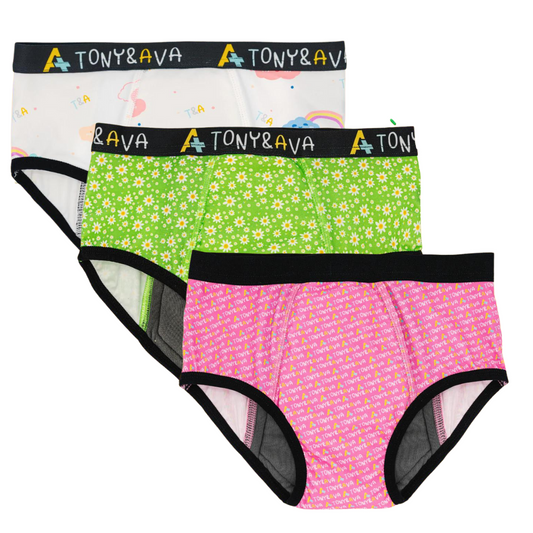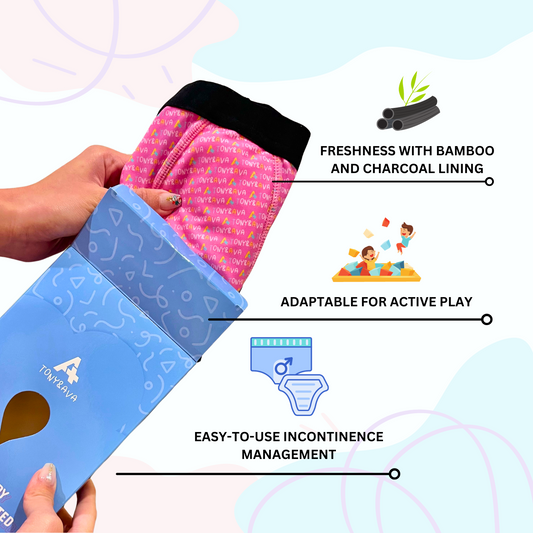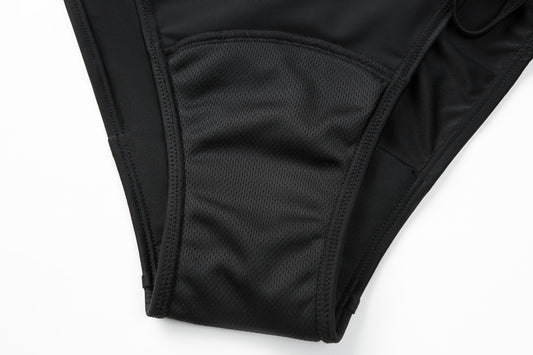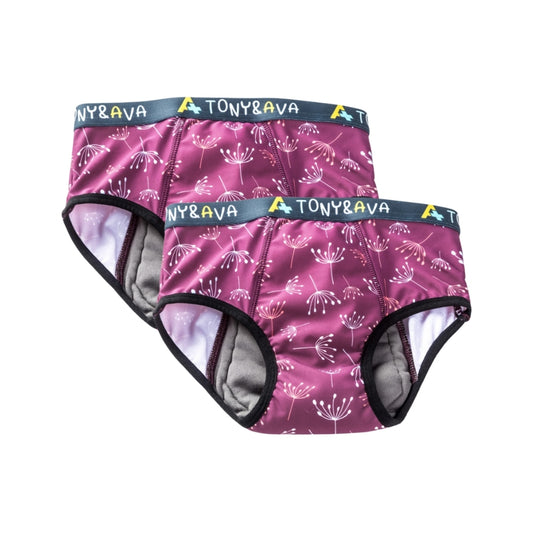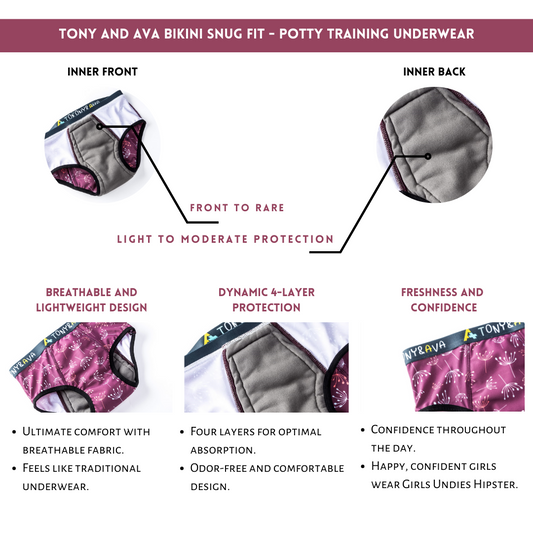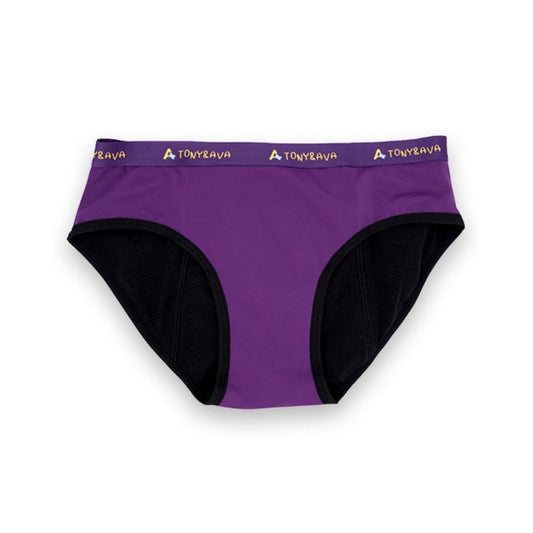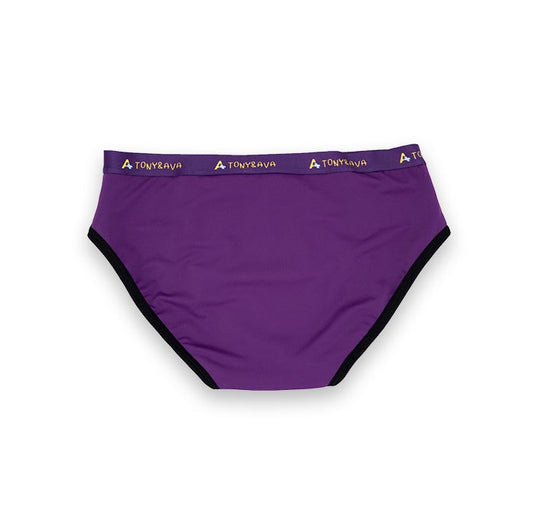When daydreaming about your baby, chances are you envision a bundle of joy who sleeps well, eats well, and has a sweet disposition. In these idyllic moments, no one wants to consider that there may be a medical problem that is affecting your child. However, countless children are born each year with birth defects of many different kinds. Some have a relatively low impact on you and your child’s quality of life, whereas others can require significant intervention medically and care daily.
Today, we are going to focus on a category of malformations in the anorectal region. We will discuss the most common types, their effects, and treatment options. These malformations occur when a baby is developing in utero and cause the rectum and anus in the lower part of the digestive tract to not form correctly. The rectum is the region of the large intestine that lies above the anus. This is where stool passes through before it is expelled via an opening below known as the anus.
Typically, the process of having a bowel movement involves the coordinated movement of stool through the intestines, to the rectum, and expulsion through the anus. This movement is controlled by nerves in this region which sense the presence of stool and cause involuntary muscle contractions that move the waste through this region and out of the body.
Children who are born with anorectal malformations can experience problems such as the opening of the anus being covered and blocked by tissue or a membrane or an overly narrow anal opening. In other malformations, the rectum may be incorrectly connected to the urinary or reproductive system via what is known as a fistula. Finally, the rectum and anus may not be connected at all.
There are certain groups of children who are more prone to experience anorectal malformations. These include those who are diagnosed with:
- Down syndrome
- Spina Bifida or other spinal problems
- Townes-Brocks Syndrome
- Digestive or urinary tract problems
- VACTERL association
Typically signs of this type of issue can be seen via ultrasound or are noted before a newborn leaves the hospital. However, if your child comes home and you notice the following signs and symptoms, it may indicate that your little one has anorectal malformation. These include a lack of stooling, stool present in your child’s urine, stool coming from the vaginal opening, urine coming from the anus, and/or struggling to produce a bowel movement.
To confirm anorectal malformation in your child. Your pediatrician or specialist will perform a hands-on examination of your little one and look for any visual indications of malformation such as the anal opening being covered. They may also order imagining studies that will allow them to see what is going on with your child’s internal structures and anatomy. These studies could include x-rays, CT scans, MRI, and/or an upper or lower GI series.
If an anorectal anomaly is found, treatment options will be discussed with you. Often, surgical intervention is required to repair the anatomy, but this will certainly depend on the severity of your child’s case, as well as their age and overall health. If your child has a narrowed anus, a procedure can be performed that will dilate this opening. This may need to be done more than once. A membrane that covers the anus can also be surgically removed.
If the anorectal connection is not correct, oftentimes, surgery can take place that can allow the doctor to connect the anatomy in the right way. This can be a multi-step process that will most likely involve you having to care for a colostomy temporarily.
You may be wondering how this will impact your ability to toilet train your child. If the malformation is milder with less complicating factors and it is corrected early, you should be able to begin the process of potty training at the usual age. Children who have more severe conditions may struggle more with becoming completely potty trained, as they may have less control over their ability to urinate or have a bowel movement. Sadly, some children may not be able to be fully continent.
The good news is that the gifted staff at Tony & Ava work tirelessly to develop a diverse line of adaptive clothing and undergarments to help differently-abled children everywhere. Our comfortable and fashionable incontinence underwear are designed to look and feel like regular underwear, but give your child the advantage of full accident protection. You and your child will not have to worry about leaks or odor that may result from an accident. Our briefs are washable and will make cleaning up a breeze. Let Tony & Ava products help your child live their life to the fullest.
